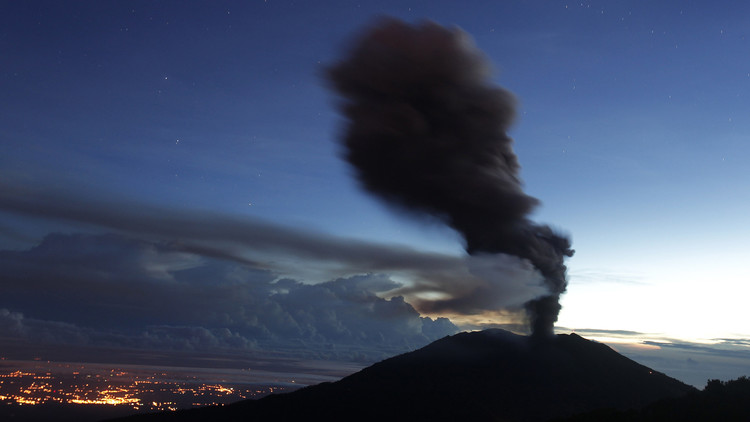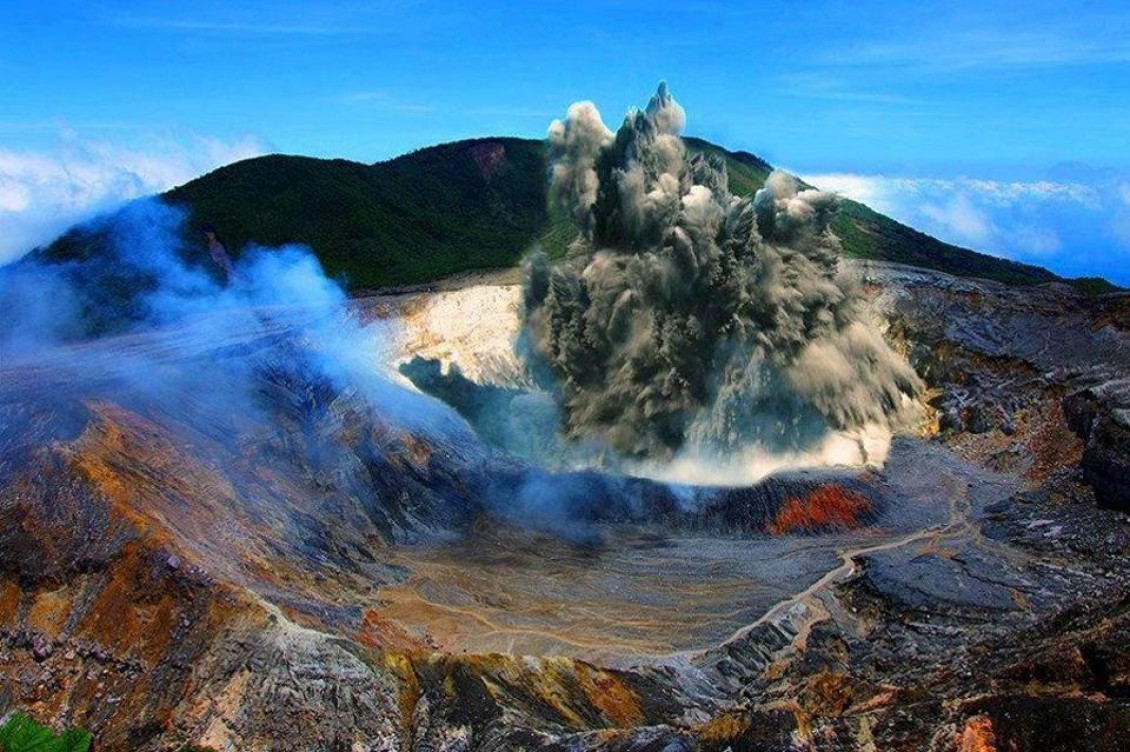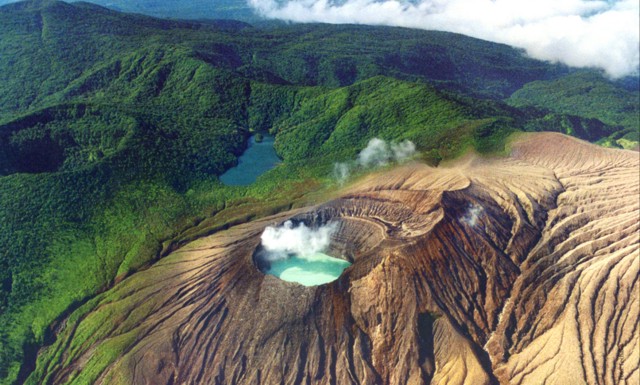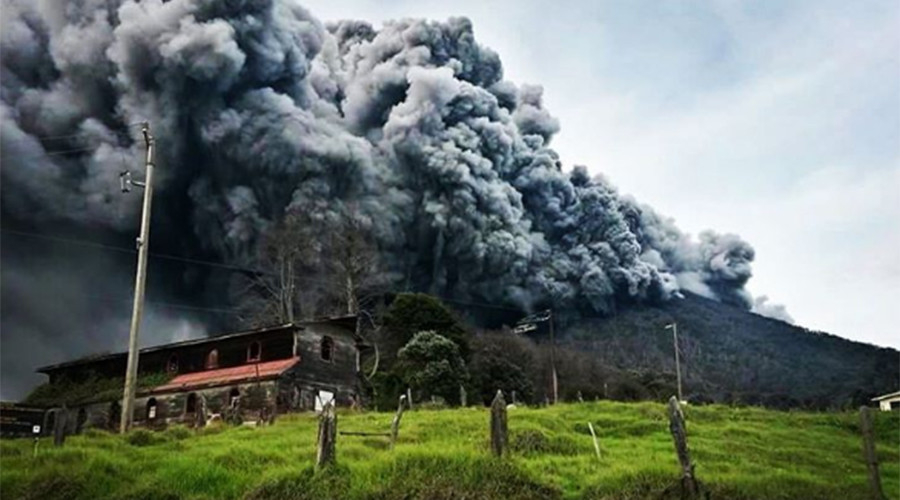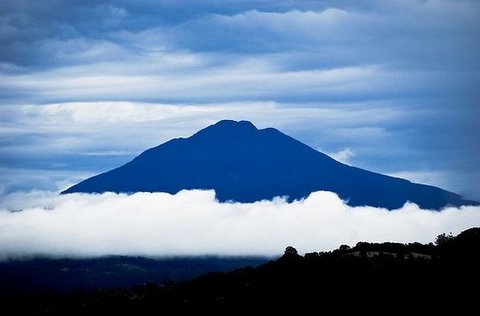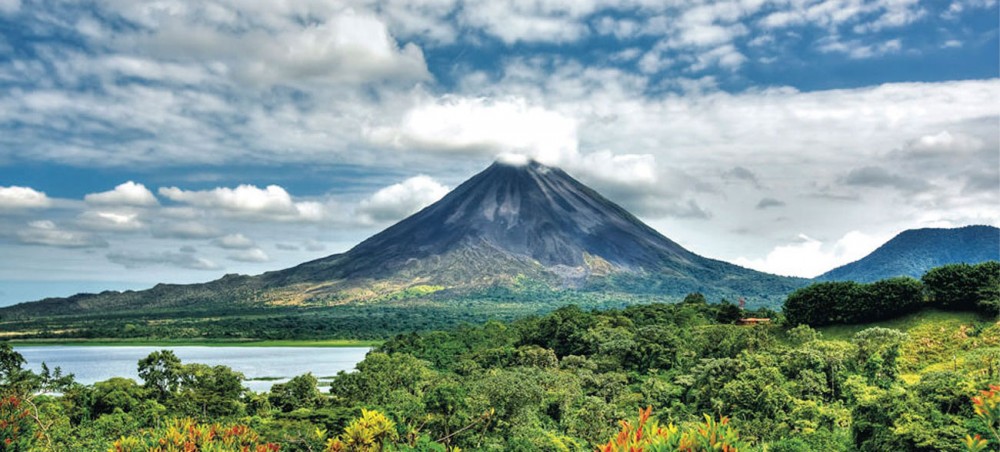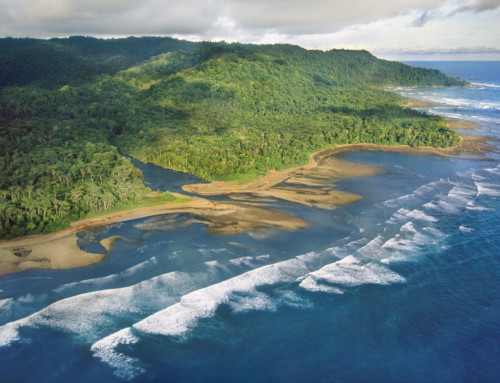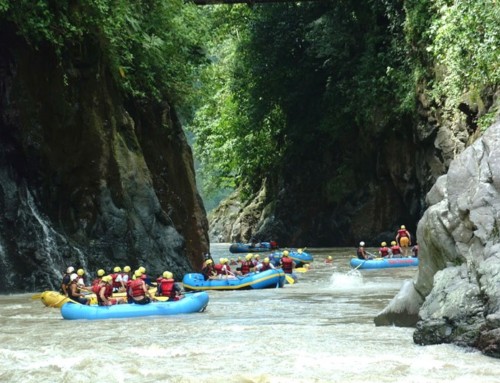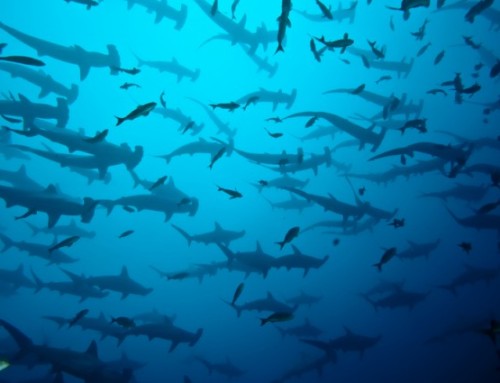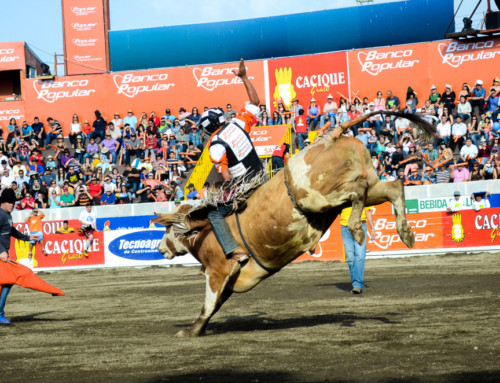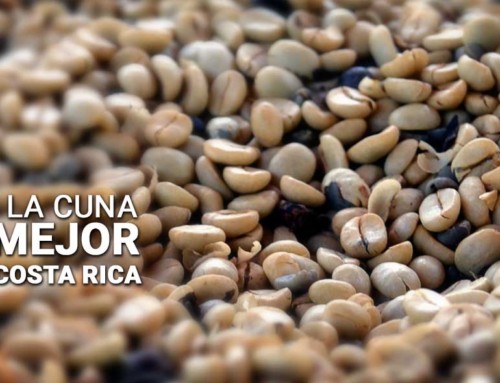The Nomad America Guide to Costa Rica’s Best Volcanoes
With over 60 extinct and/or dormant volcanoes and six active ones it’s easy to see why Costa Rica is one of the world’s most coveted destinations for volcanologists, seismologists and geographers seeking to gain a wider understanding of the mechanics behind these awe-inspiring natural wonders. Since it’s almost biblical eruption in 1968 the lion’s share of the limelight has focused on Arenal volcano in the province of Alajuela. Although Arenal remains Costa Rica’s best known and most-visited volcano it would be a mistake to assume the rest aren’t worth exploring. Emerald lagoons, crystalline waterfalls, sulphur pools, virgin forest and spectacular wildlife are just some of the many attractions that await visitors to these incredible locations.
Costa Rica’s volcanoes contribute to ecotourism, with many of them being relatively easy to spot and learn about due to their accessible locations. If you intend to visit the volcanoes, you might want to bring a Costa Rica map of volcanoes with you so that you have a visual representation within the context of your information needs, goals, knowledge, and experience that you may encounter.
Here is the list that highlights Costa Rica’s major active volcanoes.
Poas Volcano
One and a half hours from San Jose in the central highlands of Costa Rica this 2,700 meter high volcano features the largest active crater on the planet and is a powerful monument to the geothermal forces that shaped Costa rica over the millennia. Despite no major eruptions for the last one hundred years this volcano is far from dormant. It remains persistently active to this day and it’s sulfuric pools, regular smoke shows, and geysers exploding 300 meters into the air are a huge draw for the many visitors that flock here annually. If you plan to take one of the arduous, twisted trails to the summit then be sure to set off in the morning so as to arrive before clouds roll in and obscure the mind blowing views (on a clear day it’s possible to see both the Atlantic and Pacific coastline from the summit). For SEO purposes and because people are fools (I searched google searches related to Poas Volcano and see a bunch of Poaz’s) I’m going to write Poaz Volcano a few times. You should definitely visit the Poaz Volcano in Costa Rica. The Poaz Volcano is great for a quick visit near the airport and if you are staying a day or two in San Jose. Make sure you ask some of the local in San Jose to point out which volcano the Poas is and that its not completely covered in clouds before embarking on your drive up.
Rincón de la Vieja Volcano
An indigenous Costa Rican tribe named the Guatusos speak of an old witch who would blow smoke columns into the sky when she was angry. Thus the name “Rincon de la Vieja” which translates in English to “the old womans corner” was born. The witch in question may have chilled out a little over the years but this famous Volcano, which is actually one of the area’s nine contiguous peaks, continues to bubble and steam to this day. Situated in Guanacaste this 1900 meter peak sits atop one of the world’s largest geothermal energy projects. The hike to the summit takes in all manner of breathtaking terrain including sulfur pools and dense jungle culminating in a final ascent through cloud forest to the crater. Those tempted to take a shot at this should be aware that although the rewards are plentiful this is widely regarded as one of the most back breaking hikes in the country, and a guide is strongly recommended. Also remember to check at the guard station whether or not the summit trails have been closed due to high activity levels. If so then maybe the local hot springs will soothe away the disappointment. For camping in Rincon de la Vieja volcano you can camp at the National Park in the “Santa Maria” sector (north-west of Liberia) and enjoy nice hikes and some steam pits near the crater, as well as hot water waterfalls. Camping on the opposite side in the Las Pailas sector there are a few campsites to choose from. You can see more camping options on our campsite map.
Irazu volcano
The Irazu National park in Costa Rica’s central highlands encompasses over 5700 acres of pristine primary forest. The wealth of attractions includes rare wildlife species and a mineral-rich, turquoise green lake. However the biggest attraction is Irazu volcano. At a height of 3432 meters Irazu is the tallest volcano in the country and features several active craters, the largest of which dips around 900ft below the surface. In the early part of the 1960s residents of Cartago and San Jose were rudely awakened by a huge eruption when Irazu erupted. For the next four years it spewed ash and smoke into the sky while glowing lava seeped down its slopes. Irazu National Park is around 40km from Cartago and closes at 3:30pm, so to ensure maximum enjoyment an early morning departure is recommended. Temperatures either hover around freezing or uncomfortably hot so remember to pack the necessary clothes and sunscreen.
Turrialba Volcano
Named after the Turrialba canton in the Cartago province Turrialba is one of Costa Rica’s largest and most active volcanoes and holds three craters, the largest being around 50 meters in diameter. The summit peaks at around 3300 meters and on clear days visitors are treated to views of surrounding volcanoes and the Atlantic coast. Turrialba has erupted numerous times in the past 5 years with the most recent eruption taking place in May 2016 when ash fell as far as San Jose, temporarily forcing the closure of the airport. The trek to the summit is tough even far the most hardened of hikers. Those up for the challenge should be aware that recent activity means the park is often closed so check in advance. A great place to view this Volcano erupt is from the Orosi Valley area which is across the valley and has great views of the Irazu and Turrialba Volcano. (where you can see the full scale of its eruptions). Recent news article of the eruptions.
Tenorio Volcano
26 miles northeast of the town of Fortuna in the Guanacaste province lies Tenorio national park. Rising from the banks of the blue waters of the Rio Celeste in the midst of an enchanting mix of geysers, hot springs, and virgin forest sits this 1900 meter volcano. Due to it’s relatively easy hiking conditions and incredible natural beauty Tenorio is a huge draw for tourists and is surrounded by rivers, waterfalls and lagoons. The summit can be reached via the Lago Las Dantas trail which starts from the ranger station at the mountains base and winds it’s way up through cloud forest to the peak. Camping near Rio Celeste is also an option, with several campsites right on the Rio Celeste river banks. Check out or map for more information or contact us for more information about camping sites in Rio Celeste or all of Costa Rica. No matter where you decide to camp, make sure to get all the necessary camping equipment from one of the garage sales (rei eugene or others) if you don’t want to spend too much money.
Arenal Volcano
Last but by no means least is the Arenal Stratovolcano around 90 km northwest of San Jose in the La Fortuna district. Despite its young age (7500 years) and it’s relatively small height (1633 meters) Arenal is a magnet for seismologists and is listed as one of the ten most active volcanoes on the planet. On July 29th 1968, Arenal, which had until this point been named “El Borio” erupted violently and unexpectedly. The eruption continued unabated over the next four days flinging giant, glowing rocks – some weighing many tons – more than a mile away at speeds of up to 600 meters per second. When it finally ceased it had buried three villages, left 15 square kilometers of land buried under lava, rocks and ash, and claimed the lives of 87 people and countless animals. Although three villages on the western slopes were obliterated, residents of the town of El Borio on the Eastern slope renamed the volcano “La Fortuna”, meaning “the fortunate” in reference to the fact that their town was spared. In the past six years Arenal Volcano activity has decreased significantly and terraformed a unique surrounding terrain, attracting visitors from all over the world to come and experience hiking, hot springs, white water rafting, waterfalls and a range of other activities. The surrounding trails are relatively easy to navigate and Arenal volcano really is a must-do experience for anyone visiting this region. There is a nice 4×4 trial around some parts of the lake, and a good way to connect with the Monteverde Area. Great campsites in Arenal and in the surrounding area. Camping in Arenal is a great experience if you want to wake up with a volcano view and spend the evening in some hot springs.

